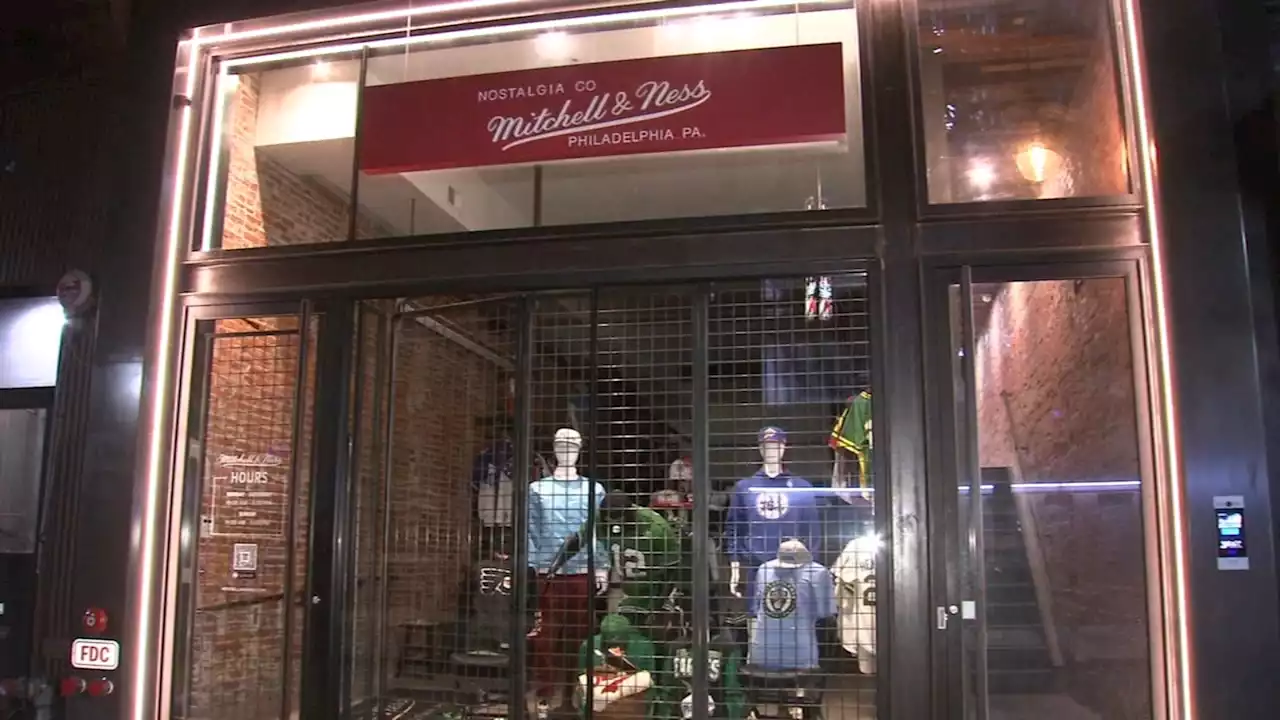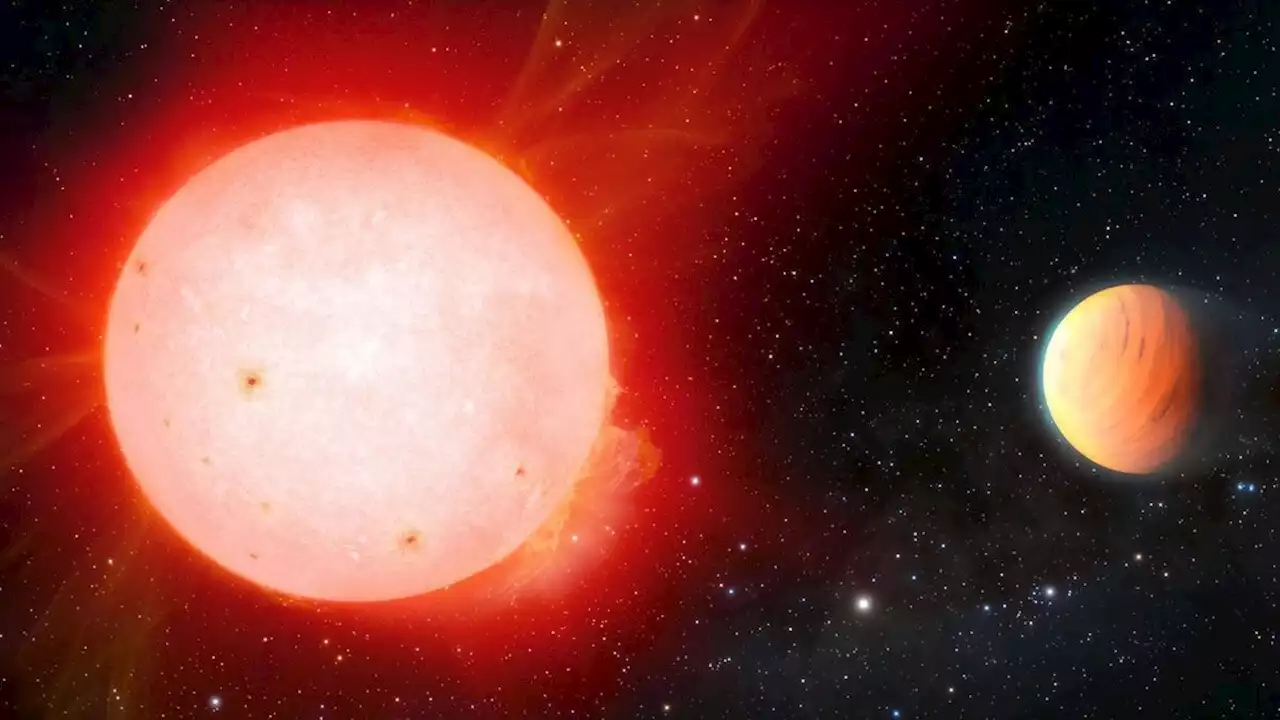Cosmic destruction and stellar creation goes hand in hand in this stunning new image captured by the James Webb Space Telescope.
A new James Webb Space Telescope image shows a collision of two galaxies in incredible detail.
That dazzling destructive force creates a host of new stars, visible now like never before, thanks to James Webb's infrared imagers. The two merging galaxies, referred to collectively as IC 1623, are producing stars at a rate 20 times faster than our own Milky Way galaxy,Other observatories, including the Hubble Space Telescope, have imaged the cosmic collision. However, James Webb, the most powerful space observatory launched to date, could use its infrared instruments to peer through enormous dust clouds and reveal previously unseen details.
James Webb has shown its impressive capacity for peering through space dust on numerous occasions now.
The merging galaxies in the James Webb image are located approximately 270 million light-years away from Earth in the constellation Cetus. Astronomers believe the dramatic galactic collision might be forming a black hole at the merging galaxies' center, though they so far don't have any evidence.
Ireland Latest News, Ireland Headlines
Similar News:You can also read news stories similar to this one that we have collected from other news sources.
 Why the James Webb Space Telescope's amazing 'Pillars of Creation' photo has astronomers buzzing'It's like taking the X-ray of a human.'
Why the James Webb Space Telescope's amazing 'Pillars of Creation' photo has astronomers buzzing'It's like taking the X-ray of a human.'
Read more »
 James Webb Space Telescope reveals hidden star formation in pair of colliding galaxies (photo)Webb was able to pierce the galaxies' dusty veil.
James Webb Space Telescope reveals hidden star formation in pair of colliding galaxies (photo)Webb was able to pierce the galaxies' dusty veil.
Read more »
 Joel Embiid, Kevin Hart among big names joining Mitchell & Ness ownership groupThe Mitchell & Ness ownership group now includes Joel Embiid, James Harden, LeBron James and Kevin Hart.
Joel Embiid, Kevin Hart among big names joining Mitchell & Ness ownership groupThe Mitchell & Ness ownership group now includes Joel Embiid, James Harden, LeBron James and Kevin Hart.
Read more »
 JWST spots smallest galaxy outside our local universeThe James Webb Space Telescope has glimpsed the smallest galaxy outside our local universe – and it is a thousand times less massive than the Milky Way
JWST spots smallest galaxy outside our local universeThe James Webb Space Telescope has glimpsed the smallest galaxy outside our local universe – and it is a thousand times less massive than the Milky Way
Read more »
 A marshmallow-like planet: Astronomers discover an incredibly low-density gas giantFollow-up observations from NASA's James Webb Space Telescope could shed new light on the mysterious, fluffy exoplanet.
A marshmallow-like planet: Astronomers discover an incredibly low-density gas giantFollow-up observations from NASA's James Webb Space Telescope could shed new light on the mysterious, fluffy exoplanet.
Read more »
